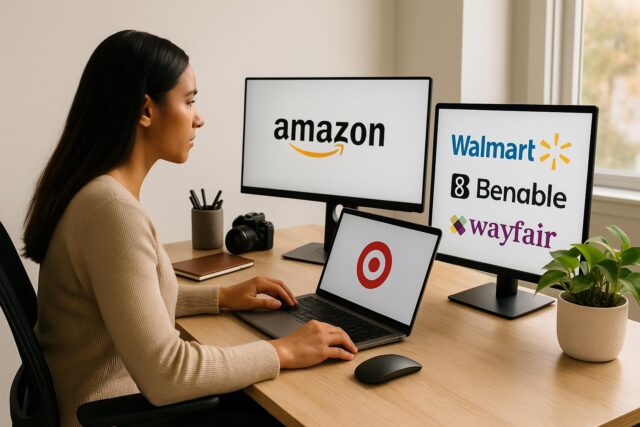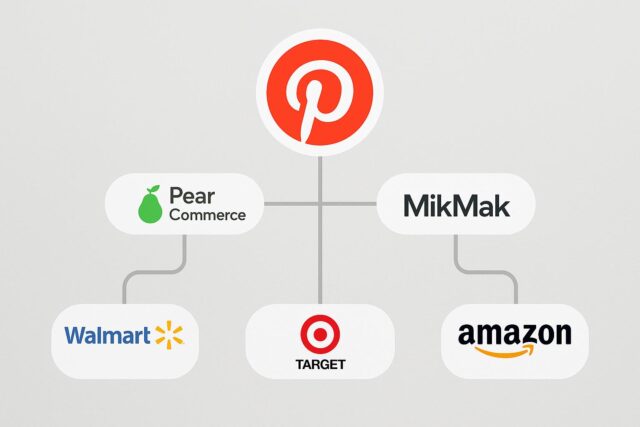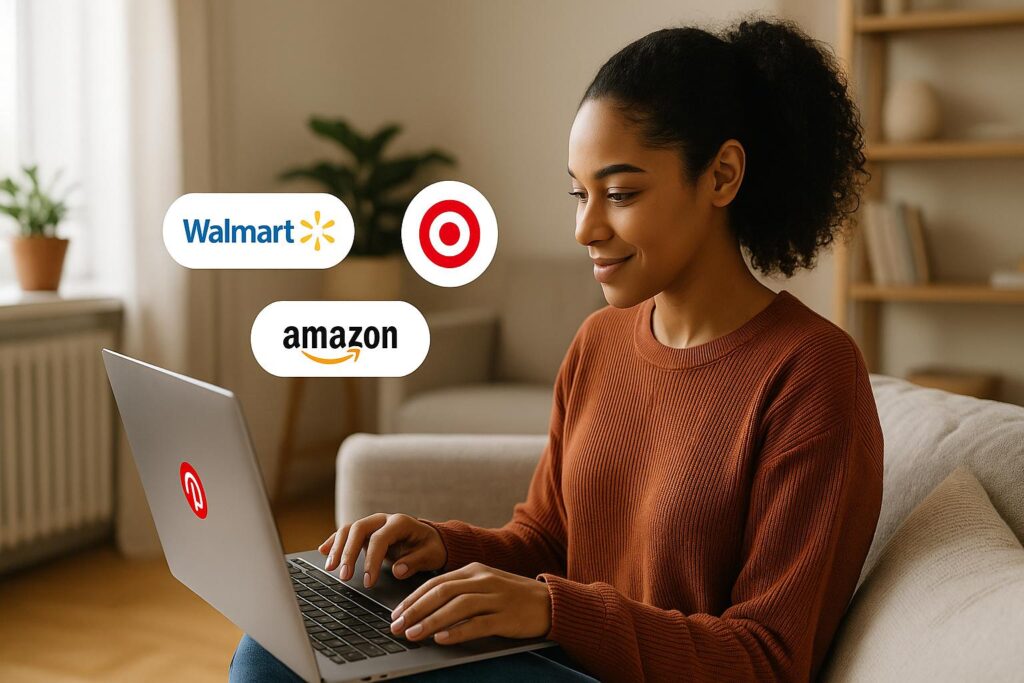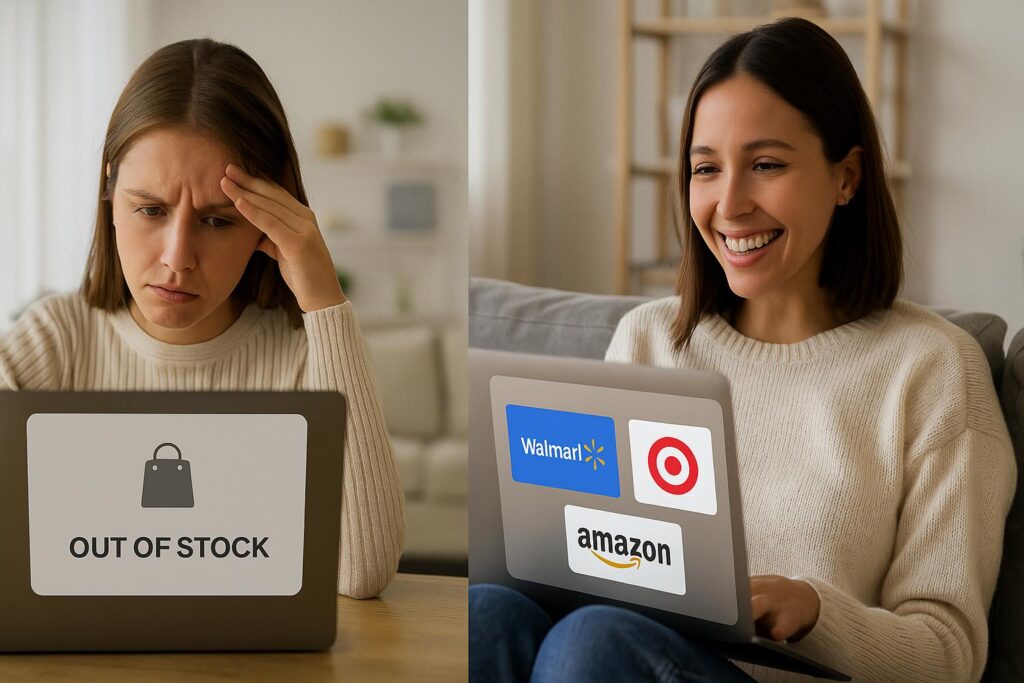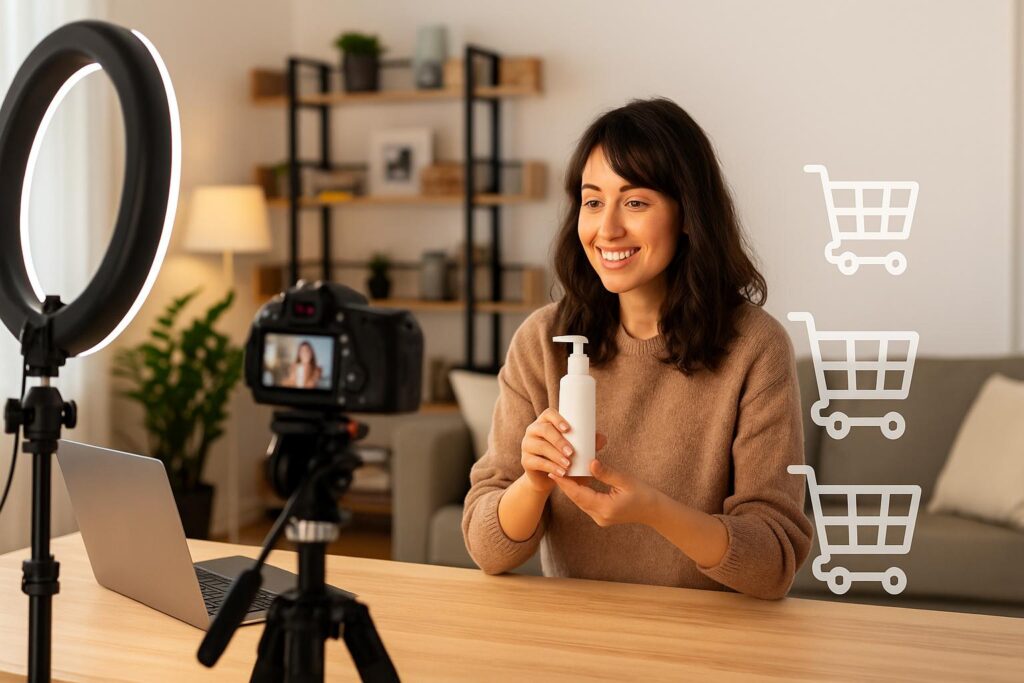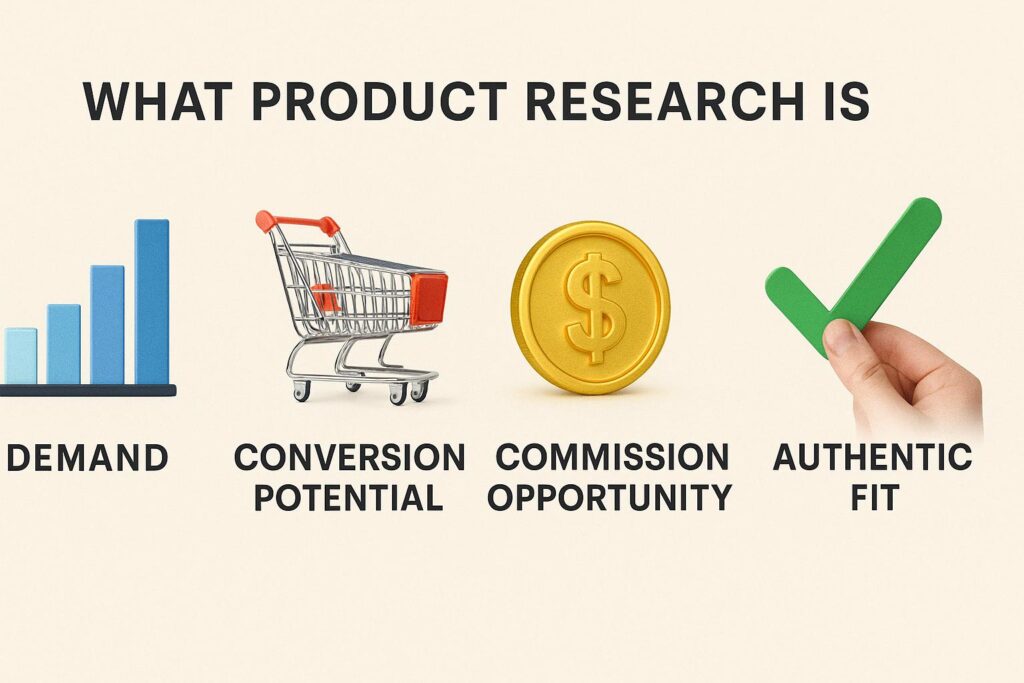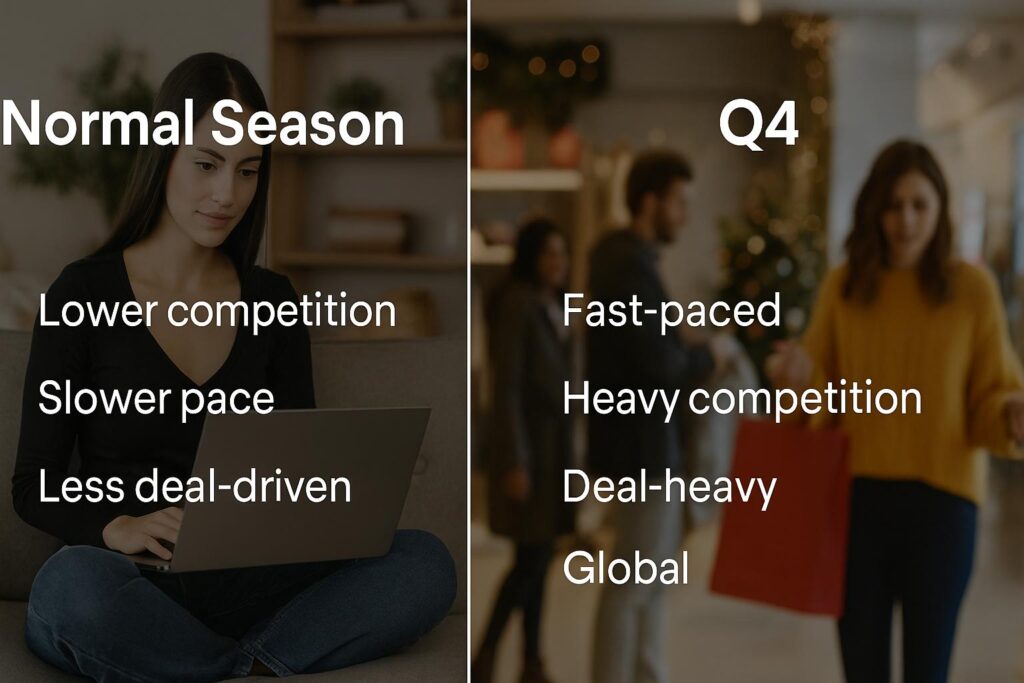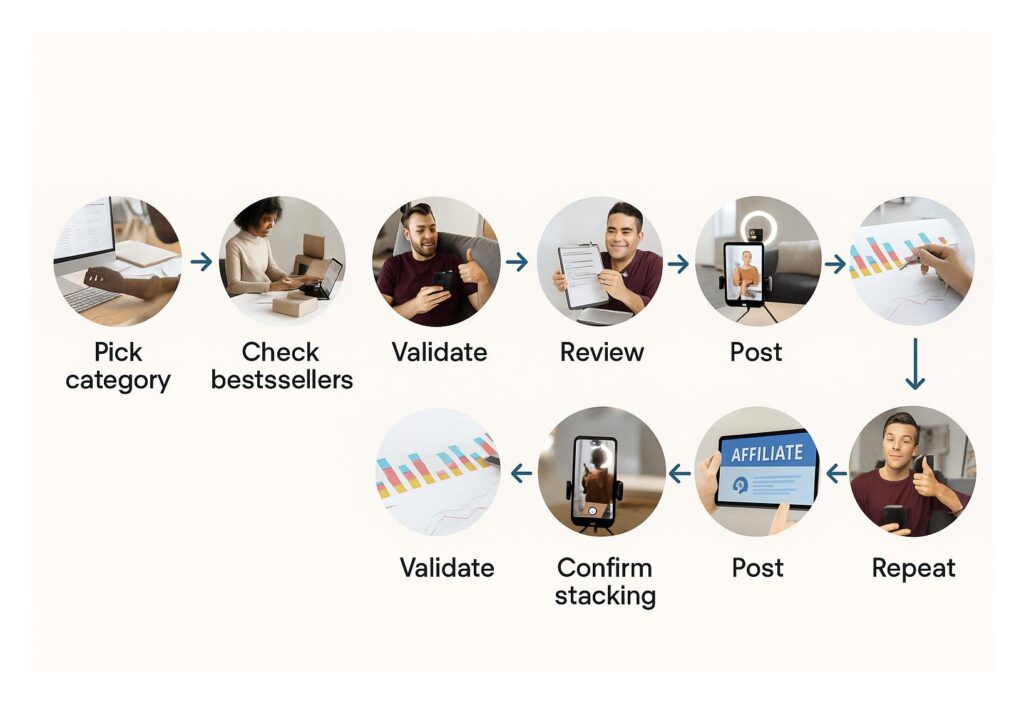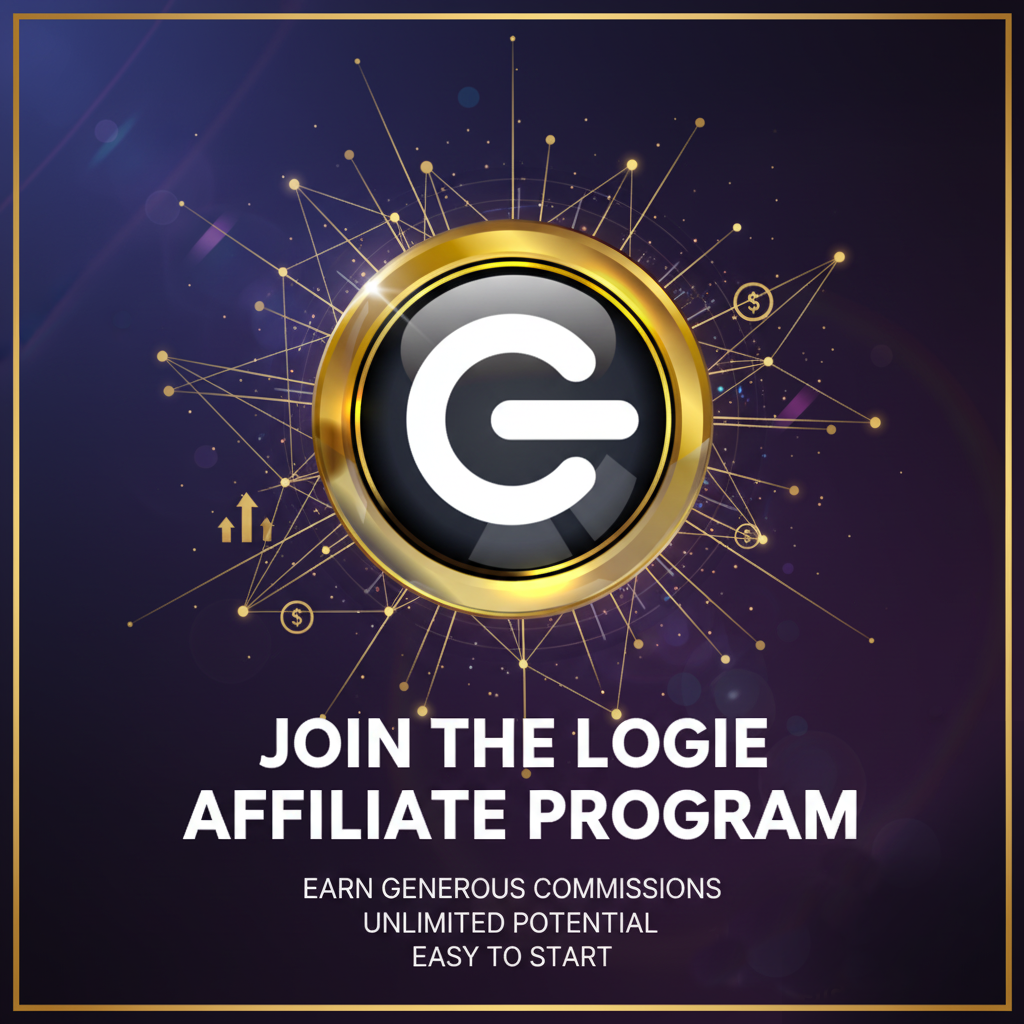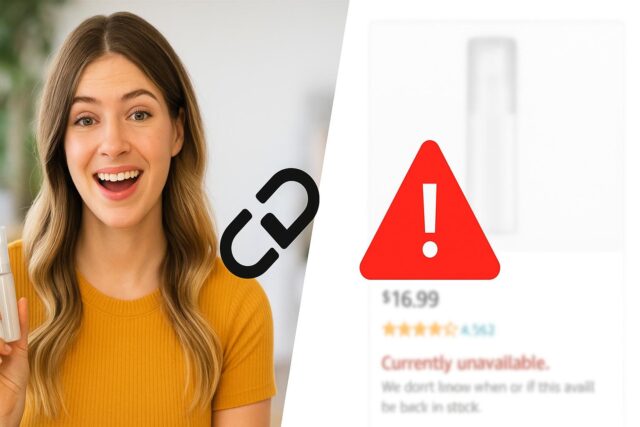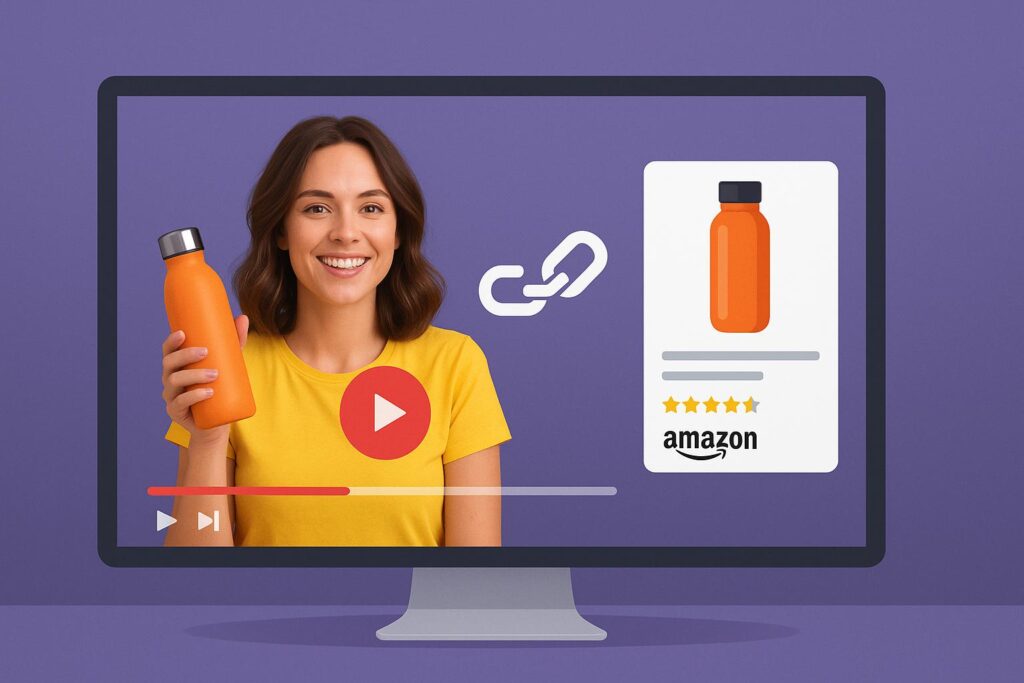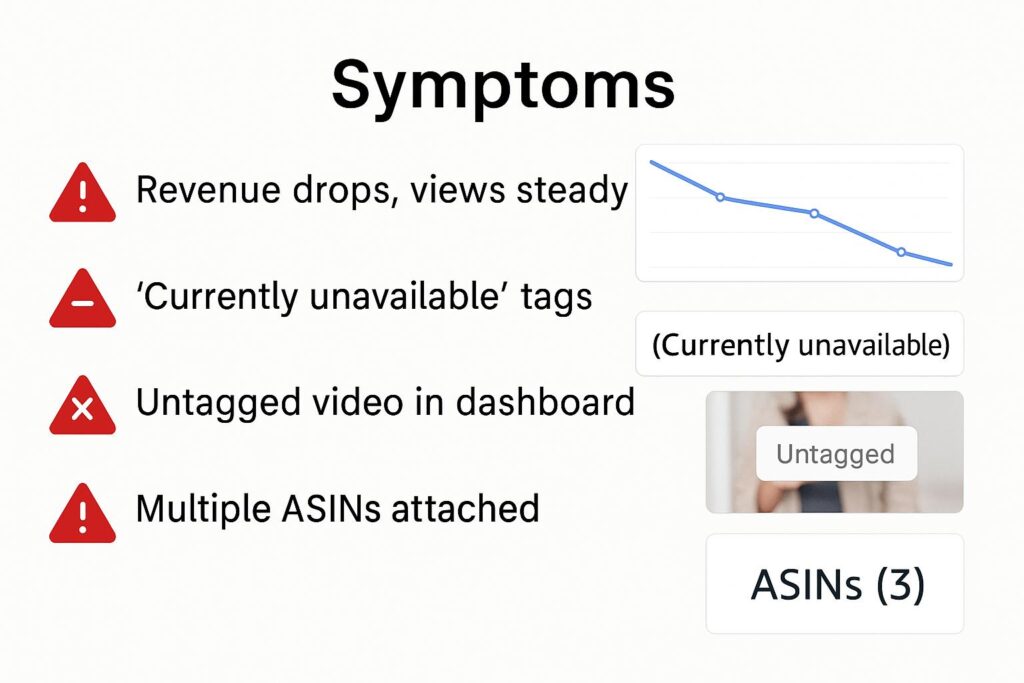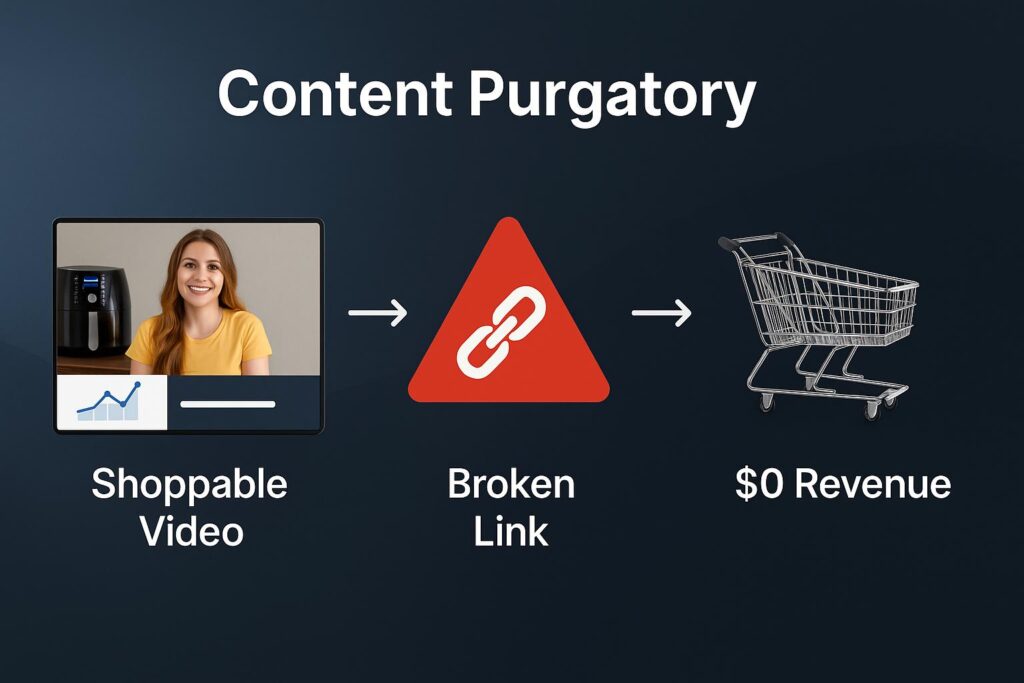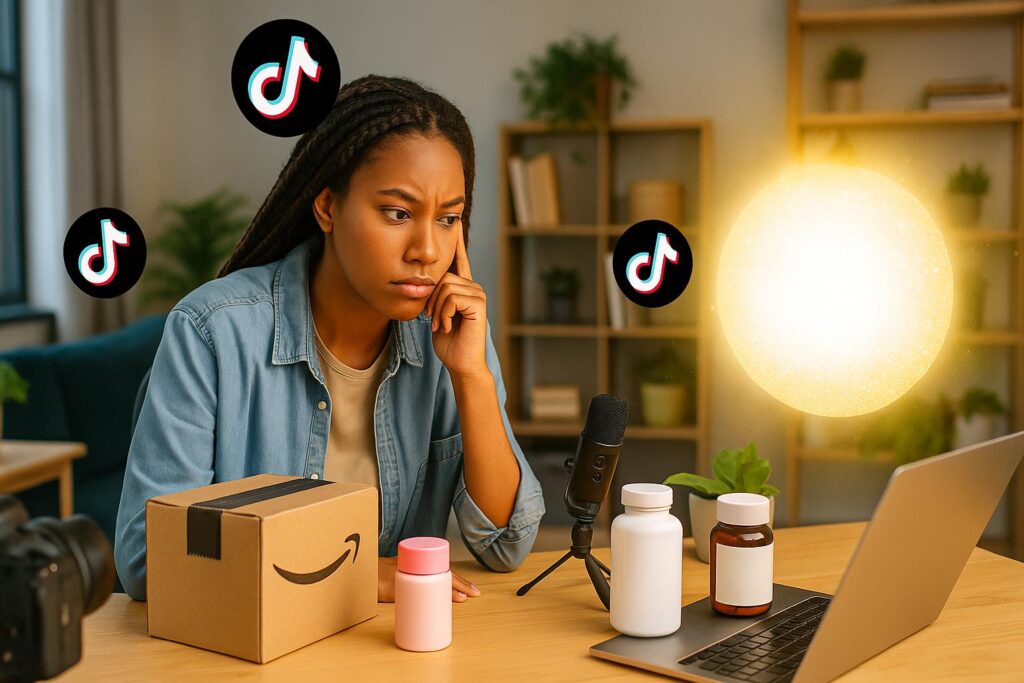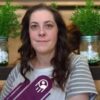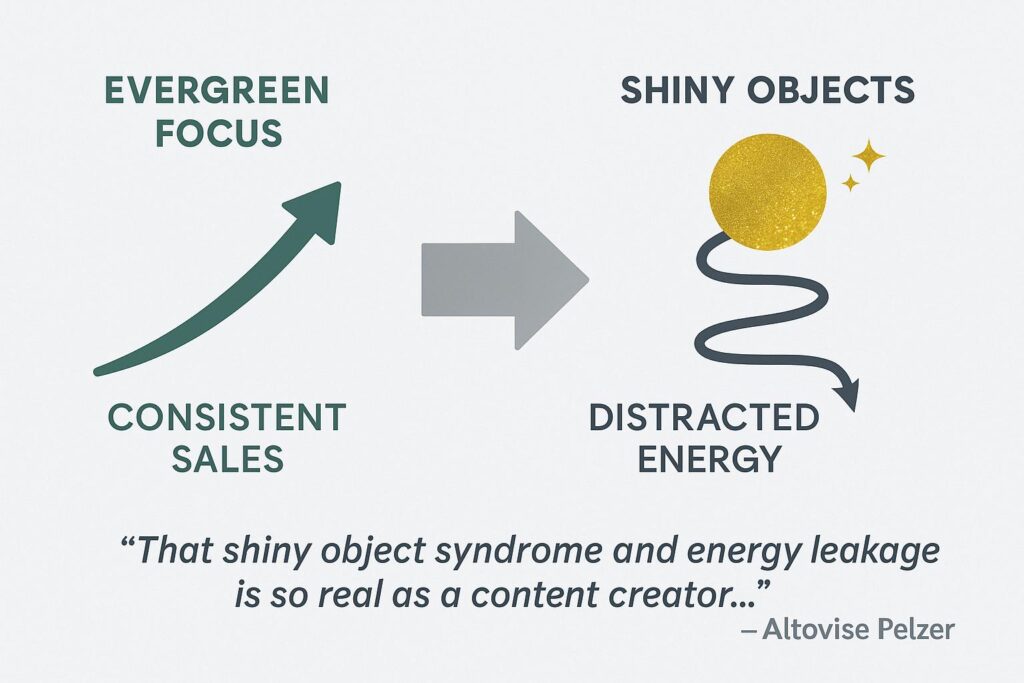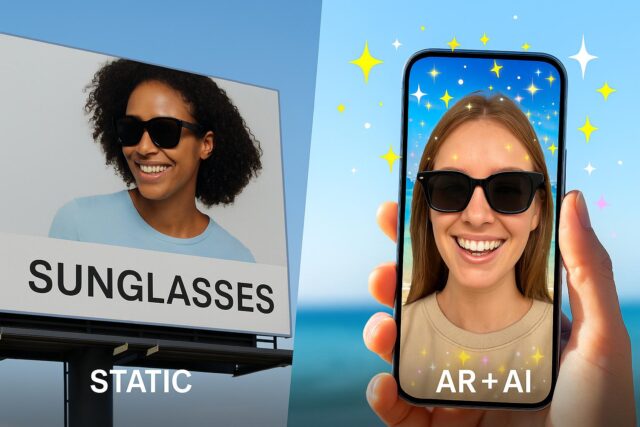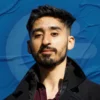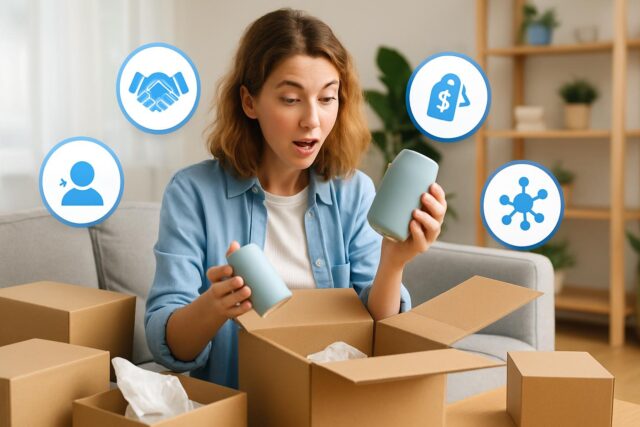Why Social Commerce Creators Are Making More by Diversifying Beyond Amazon
For years, Amazon was the holy grail of affiliate marketing. Its endless catalog, trusted name, and built-in shopper traffic made it the first stop for influencers eager to monetize.
But lately, cracks are showing. Commission rates feel squeezed, competition is fiercer than ever, and sudden shifts, such as the fluctuations of Amazon Inspire, leave many creators scrambling.
Smart influencers are rethinking their strategies. They’re not abandoning Amazon, but they’re no longer putting all their eggs in one basket.
Platforms like Benable, Walmart, and Wayfair are proving that diversification is a growth strategy, not just a backup plan. It’s one that can sometimes outperform Amazon itself.
Why Amazon Isn’t the Only Game in Town
Amazon still dominates the affiliate world, but it’s no longer the only serious option. The problem isn’t that Amazon stopped working; it’s that creators face more roadblocks there.
Thousands of influencers are competing for the same shoppable carousel spots. And Amazon’s short cookie window, often just 24 hours, means you only get credit if your audience buys almost immediately.
That’s a tough squeeze in a creator economy where attention is scattered and loyalty is fragile.
“If the product doesn’t sell, it doesn’t matter how many videos you make.” Ileane Smith
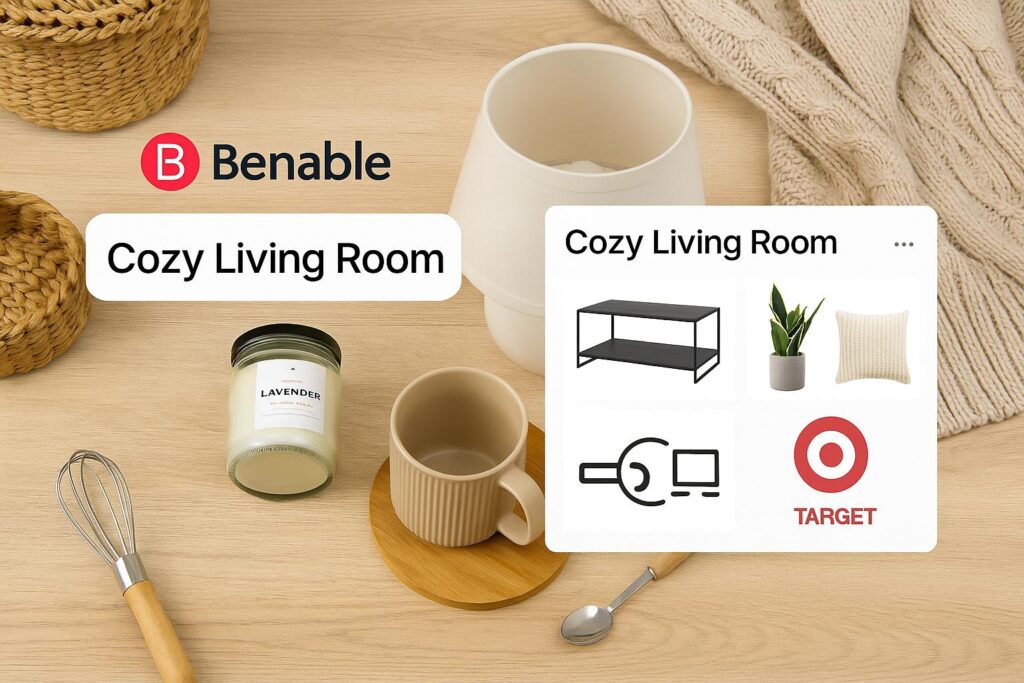
This reality is driving creators to explore what’s next.
The Rise of Benable
If Amazon is the old guard, Benable is the cool new kid. Built around curated lists, Benable feels like a blend of Pinterest boards and affiliate tech.
Influencers can group products into themes, such as “Back-to-School Must-Haves” and “Holiday Gift Lists,” and earn commissions when followers make purchases.
The big win? Lower saturation. Unlike Amazon, where thousands of creators may compete on the same product, Benable’s structure allows you to stand out through curation.
According to Niche Life Success, Benable already connects influencers to over 35,000 brands, providing creators with flexibility far beyond a single retailer.
Ileane Smith “I can definitely say that I made more money on Benable than I did on Amazon, for sure.”
It’s not magic; earnings still depend on consistency, audience trust, and smart product selection. But for many, Benable provides fresh oxygen in an increasingly crowded Amazon ecosystem.
Walmart’s Affiliate Push
Walmart has quietly become one of the strongest alternatives. Its affiliate program offers commissions in the 1–4% range depending on category, according to Creator Hero.
While that sounds similar to Amazon, Walmart’s three-day cookie window, compared to Amazon’s 24 hours, gives creators more breathing room to earn commissions.
The retailer’s scale is another selling point. Walmart isn’t just about groceries and basics; it’s a trusted brand across various categories, which makes it easier to recommend to a broad audience.
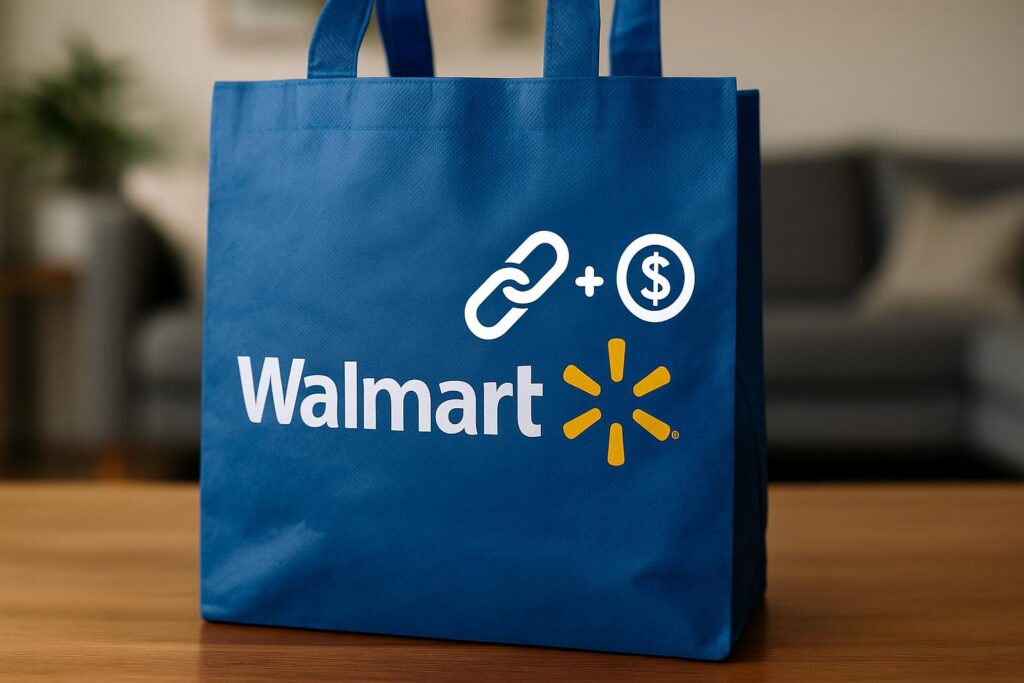
Onboarding, however, can be tricky. Some influencers report wait times of 2–4 weeks and requirements such as an established website or a strong social profile.
Still, creators who make it through often highlight seasonal bonuses and hidden contests as unexpected income boosters. One tip from Antoine Speller in our sessions drives the point home:
“Be systematic about payout tracking. Walmart pays monthly, but every program has quirks. Don’t leave money on the table.”
Other Sleeper Programs: Lowe’s, Wayfair, and Beyond
While Amazon, Benable, and Walmart grab headlines, don’t ignore niche players like Lowe’s or Wayfair.
- Lowe’s is a goldmine for home improvement influencers. Big-ticket items mean bigger commissions per order, even if the volume is lower.
- Wayfair dominates in furniture and décor, making it an ideal platform for lifestyle and design creators.
These platforms may not have Amazon’s traffic, but they win by being specialized. If your content fits the niche, you’re not just another face in the crowd; you’re the go-to authority.
The Hard Truth About Onboarding
Here’s where new creators often get blindsided. Amazon makes it ridiculously easy to join. Others? Not so much.
Walmart, for example, may require proof of originality, audience metrics, and patience during the review process. Wayfair and Lowe’s can feel old-school in their application process.
The workaround is preparation. Before applying:
- Update your bios across platforms.
- Link all your active social channels.
- Showcase original content that demonstrates your style.
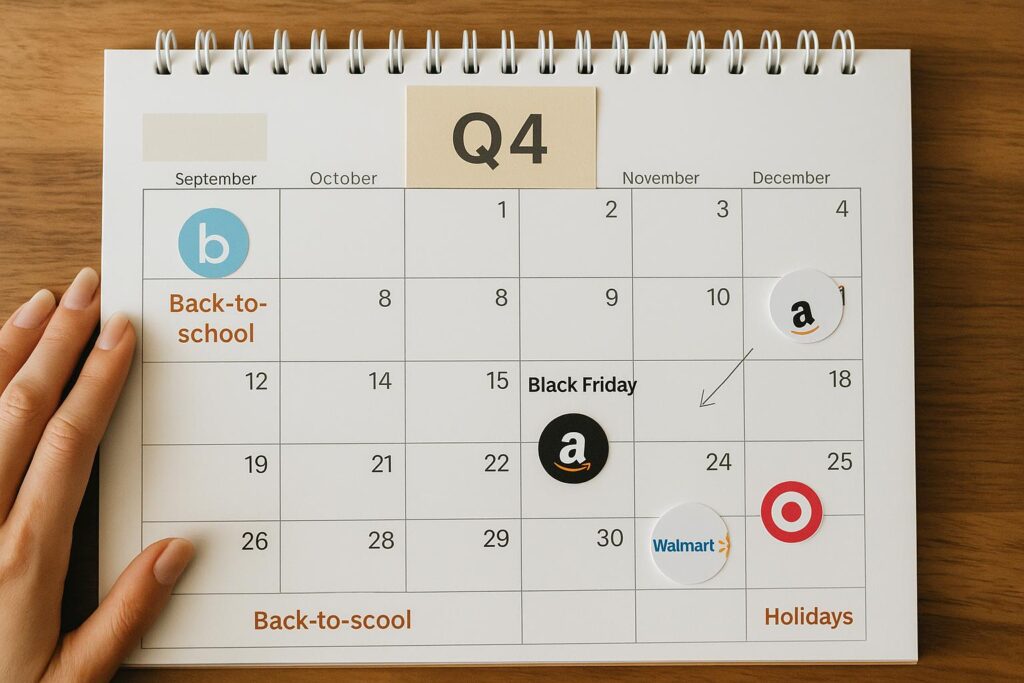
Doing this upfront not only speeds up approvals but also positions you as a professional, which brands take notice of.
Tracking and Repurposing
Diversification only works if you manage it. Broken links and forgotten dashboards are silent killers of affiliate income. To avoid this:
- Track performance: Use a spreadsheet or tools like Logie to log clicks, conversions, and payouts per platform.
- Repurpose smartly: Don’t just copy and paste. Rework your Amazon video into a shorter Pinterest Pin or themed Benable list.
- Test seasonality: Some platforms outperform during specific windows, such as back-to-school, Black Friday, or holiday contests.
The point is to make every piece of content work twice as hard without doubling your effort.
Community Insights and Pain Points
Creators stress that diversification is powerful but not perfect. Pain points include:
- Platform lock-in: Some programs push exclusivity clauses. Don’t sign away flexibility.
- Odd payout schedules: Walmart pays monthly, while others may pay quarterly in batches. Track them.
- Multiple dashboards: Juggling 3–4 platforms can feel overwhelming at first.
Still, the wins are undeniable. Many creators report that direct brand collabs are easier once they’ve proven sales across multiple platforms.
Brands see them as more adaptable and therefore more valuable.
Tips for Multi-Platform Success
- Audit your existing content to identify what can be reused across platforms.
- Start with two or three new programs, not all at once.
- Track commissions weekly to spot patterns early.
- Watch for contests and bonuses, especially during the fourth quarter.
- Diversify affiliate links. If your follower chooses Walmart over Amazon, you should still earn a commission.
Conclusion
Amazon isn’t dead, far from it. However, the affiliate landscape is shifting, and creators who stick to a single platform are leaving money on the table.
Diversification is about protecting yourself and unlocking new growth, not abandoning Amazon.
With Benable’s curated lists, Walmart’s trusted reach, and niche programs like Lowe’s and Wayfair, influencers now have more tools than ever to monetize effectively.
The smart move is to test, track, and refine your approach. Because in social commerce, the only constant is change, and the creators who adapt first usually win the most.


